Welcome to Moraikobai, Guyana! In this indigenous village four hours southeast of Georgetown, the rich indigenous culture and unique cuisine help create a truly unforgettable experience.
This small indigenous village lies in the Mahaica-Berbice region of Guyana, roughly four hours southeast of the capital, Georgetown. Located along the banks of the Mahaicony River, the village is home to the Patamona people. This indigenous group boasts a unique cultural heritage and cuisine among the jungles of Guyana.

I spent two amazing days deep in the heart of the Guyanese rainforest with the people of Moraikobai. Along with my guides at Visit Guyana, I delved into their food culture and learned about the incredible people who call this area home. Let’s explore Moraikobai, Guyana!
Moraikobai, Guyana is nestled in the heart of the country and can be reached from the capital city of Georgetown. The four-hour journey starts with a scenic one-hour car ride.
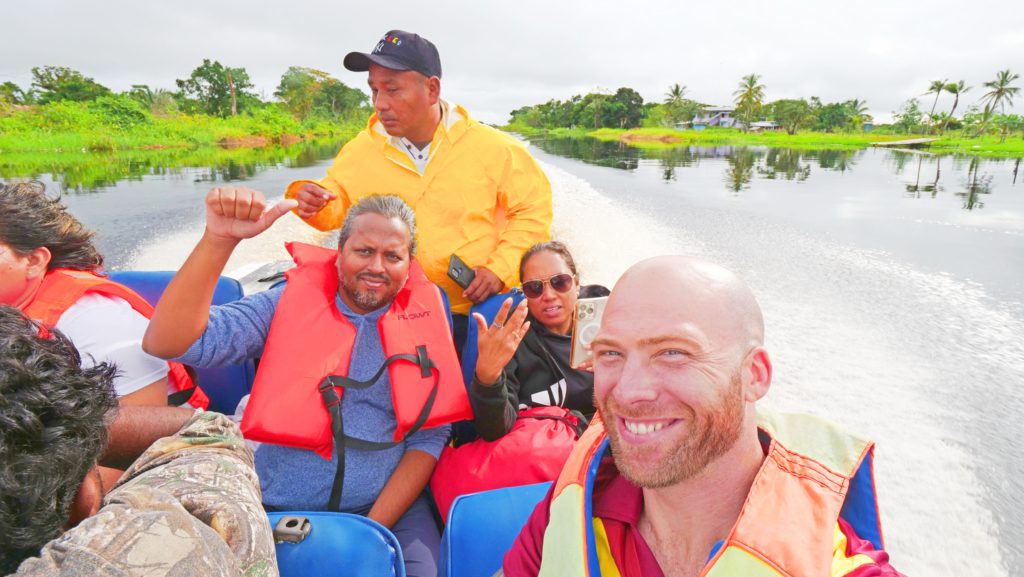
From there, you’ll continue with a thrilling two to three-hour speedboat ride to the village. It’s worth the trek, as Moraikobai wound up being one of my favorite parts of my trip to Guyana!
When you arrive at the Hubudee Eco Lodge in Moraikobai, Guyana, you’ll meet friendly locals eager to share their traditions. One of my favorite activities was making cassava bread, a staple among indigenous communities in Guyana and neighboring Suriname.
You’ll get to see how the locals prepare cassava roots. First, they remove the skin, wash the roots, and grate them into a wicker contraption to extract the liquid. They then boil the roots along with cinnamon, cloves, cayenne pepper, and brown sugar. Once it reduces and thickens into a rich, brown syrup, it’s known as cassareep. Cassareep is a key ingredient in the traditional Guyanese dish, pepperpot.
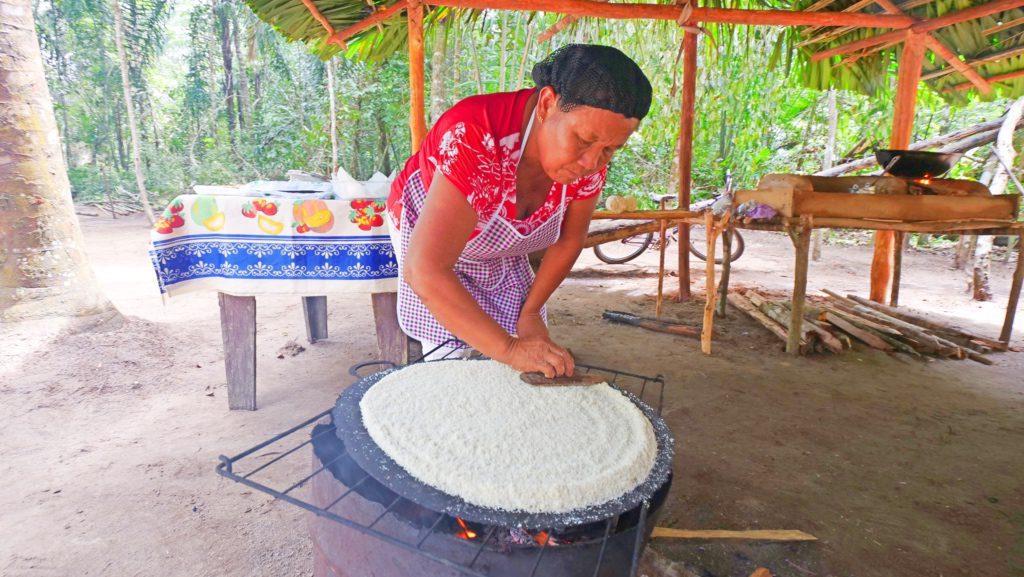
NOTE: Cassava roots and their juice can be toxic, and even fatal, if consumed in their raw form. Raw cassava can convert into cyanide when it comes in contact with digestive enzymes, so only try it once it’s been fully cooked!
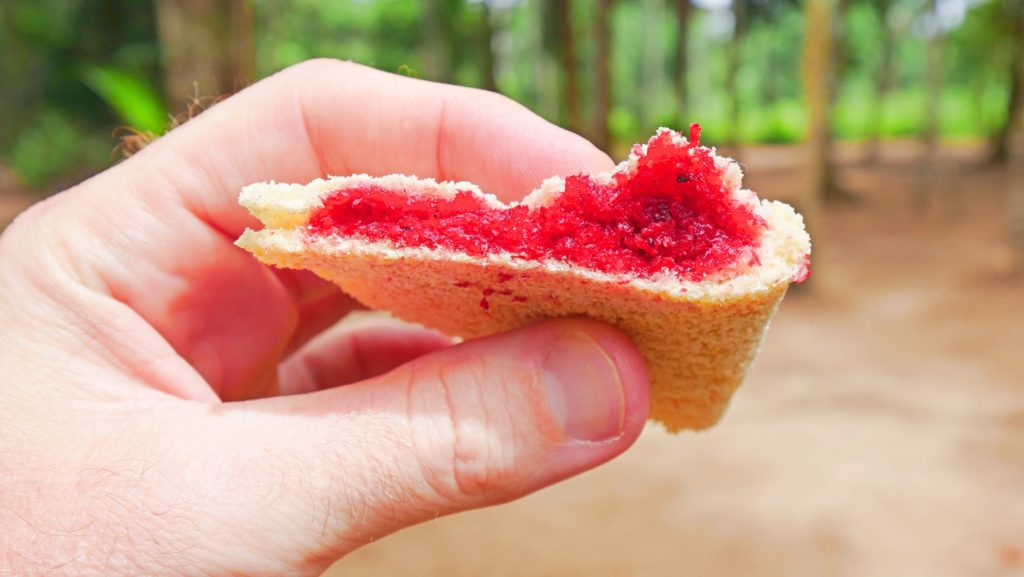
Meanwhile, the grated cassava is toasted to dry it out before they grind it into powder. The resulting flour is an essential ingredient in cassava bread and a local sweet called quinches. Both are made by grilling them on a hot, flat pan. Quinches, though, come filled with sweetened shredded coconut, and they are a fantastic snack!
Cassava plays an important role in indigenous Guyanese cuisine, even its fish dishes! One of my favorites is tuma. This dish consists of smoked/fresh fish or meat, and wiri wiri peppers, boiled in cassava water. I had two different varieties: one made with fresh fish, while the other contained smoked fish. The smoked fish was rich, meaty, briny, and smoky, with crispy skin and buttery, melt-in-your-mouth meat.
Other staples include three local alcoholic drinks: piwari, fly, and warup. Piwari is made from (you guessed it!) cassava. More specifically, they toast cassava bread, soak it in water for 24 hours, and then add sugar and syrup and let it ferment. Fly comes from boiling purple potatoes and adding sugar to the water, while warup is a fermented sugarcane juice drink. They’re all quite strong!
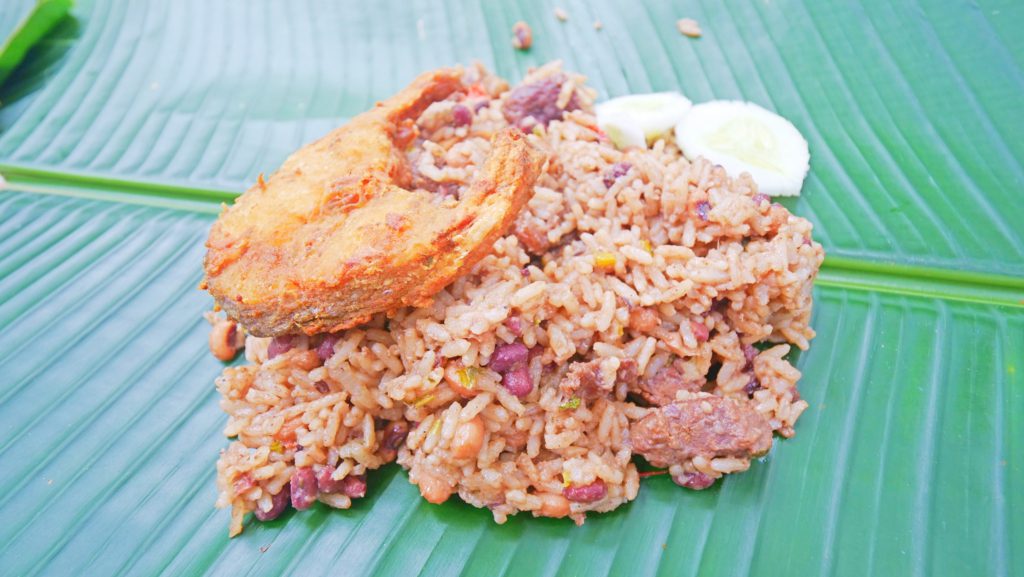
Some of my other favorites in Moraikobai, Guyana included tasso (sun-dried salted beef in gravy), farine (a couscous-like cassava dish), cassava bread pudding, and cook-up rice. Cook-up rice contains wiri wiri peppers, beef, black-eyed peas, onions, and coconut milk. I had some with some flaky trout and a custard-like cassava cheesecake that blew my mind!
In my travels, I’ve tried many exotic local delicacies that would make the average Westerner squeamish. Giant snails in Ghana, raw octopus in South Korea, centipedes, and scorpions in Mexico. In the jungles of Moraikobai, Guyana, the main exotic treat is the Tacoma worm. Almost identical to the beetle larvae I tried in Ghana, these brownish-yellow worms like inside palm tree trunks. Feel free to explore my compilation of 20 essential Ghanaian dishes that you should try.
Members of the community cut trees and logs open to reveal the worms wriggling inside. Then, they eat them nearly whole except for the head! While I’ve had cooked versions of these worms, I’d never eaten them alive, so I was nervous!
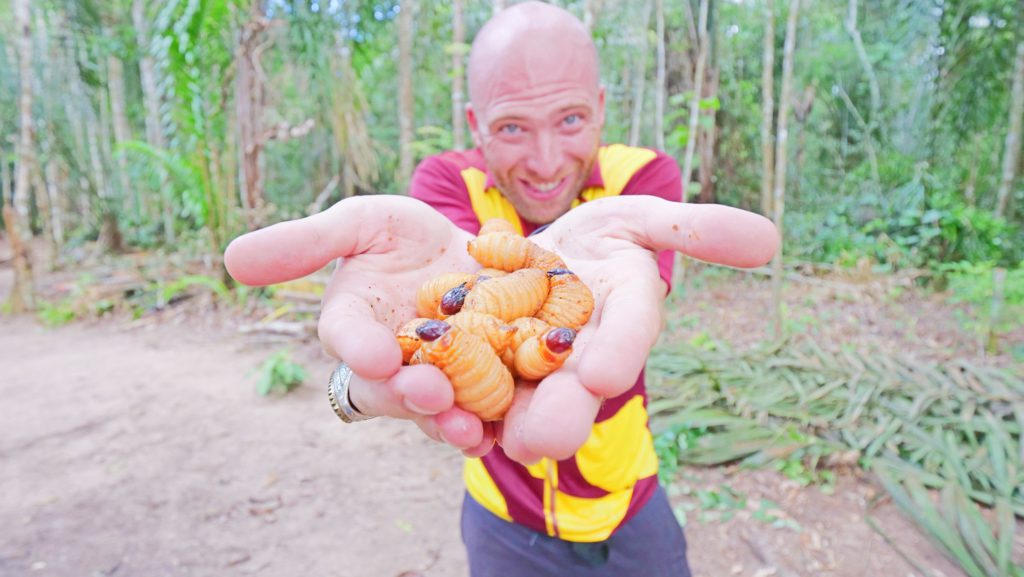
I’ll admit, the first Tacoma worm was not tasty at all. The skin was tough and the inside was straight goo, and it was hard to not gag or spit it out. Luckily, the locals convinced me to try another, which was far better tasting than the first. The skin was more tender and the insides tasted like coconut!
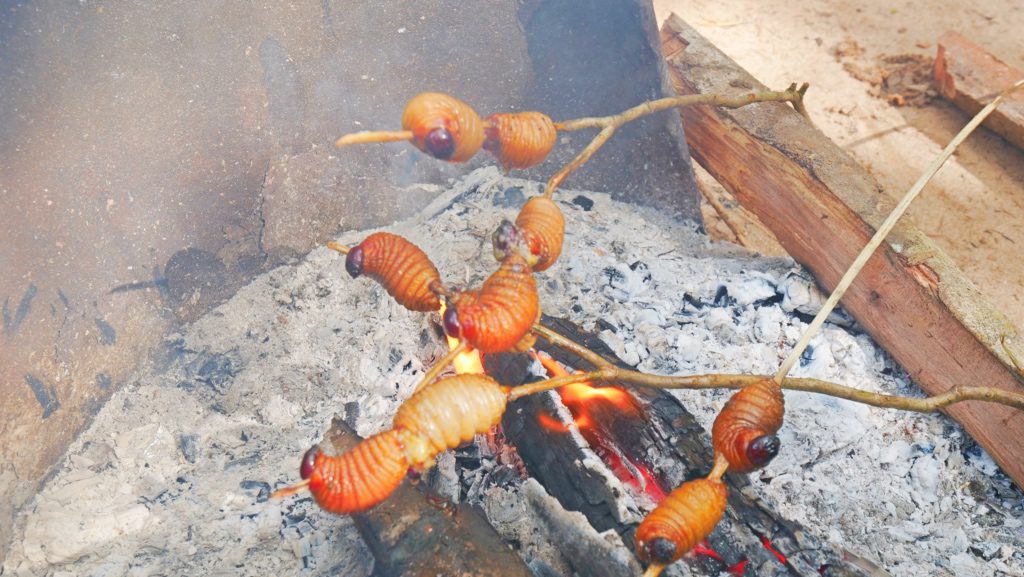
Later, we tried some Tacoma worms the locals had roasted over a fire. The skin was very easy to eat through, and the coconut flavor was vibrant and powerful. They were easily my favorite version of these unique jungle treats. If you find yourself in Moraikobai, Guyana, I recommend them!
The lush rainforests of Moraikobai, Guyana provide an idyllic backdrop for nature lovers and adventure seekers alike. Another fun activity you can do is take a hike through the verdant jungle with a knowledgeable local as your guide.
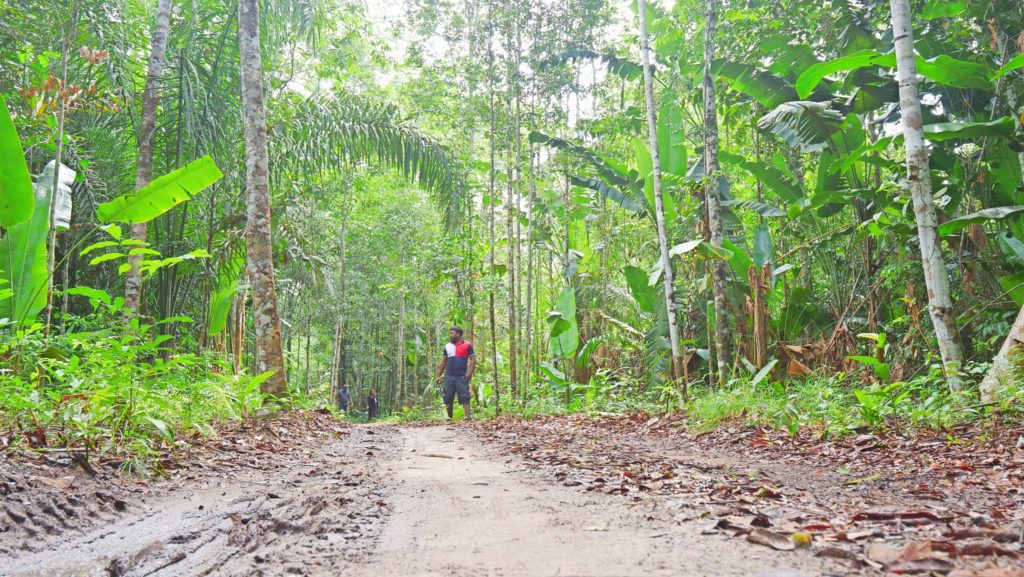
As you venture deep into the rainforest, keep your eyes peeled for glimpses of the local wildlife. While sightings cannot be guaranteed, the savannah areas often offer opportunities to spot deer, rabbits, and savannah foxes. Immerse yourself in the peaceful and serene ambiance around you. I found it quite rejuvenating!
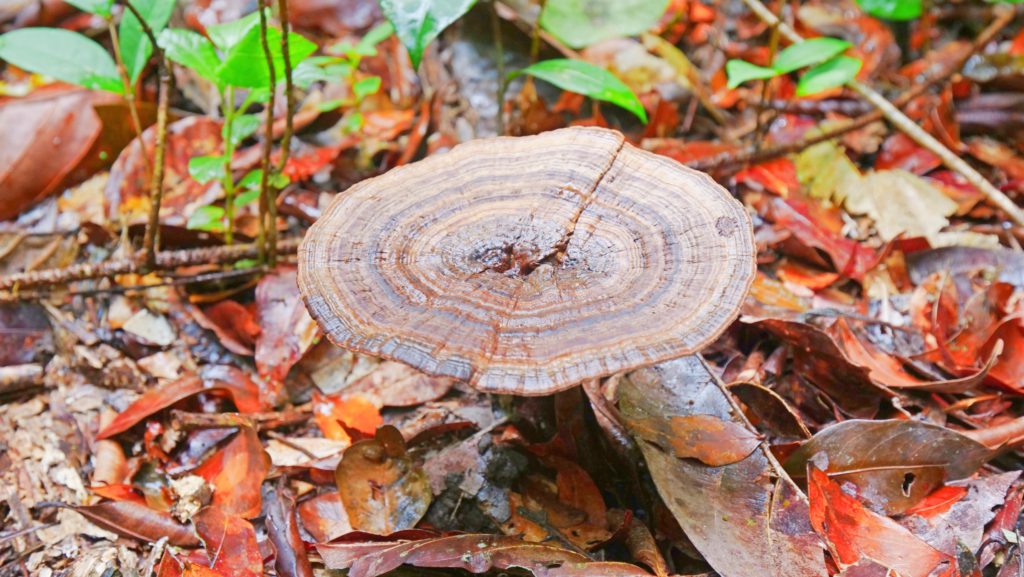
As you explore, your local guide will likely share incredible knowledge regarding the healing properties of the plants around them. On my trek, I learned about the capadulla vine, used to create a herbal tea believed to have fever-reducing properties. We also came across lemongrass, used not only for its aromatic qualities but also for its potential health benefits.
Of course, there are more cultural aspects to Morakobai, Guyana than the food and natural medicine. Moraikobai offers a unique opportunity to connect with the local community and see their artistic talents firsthand.
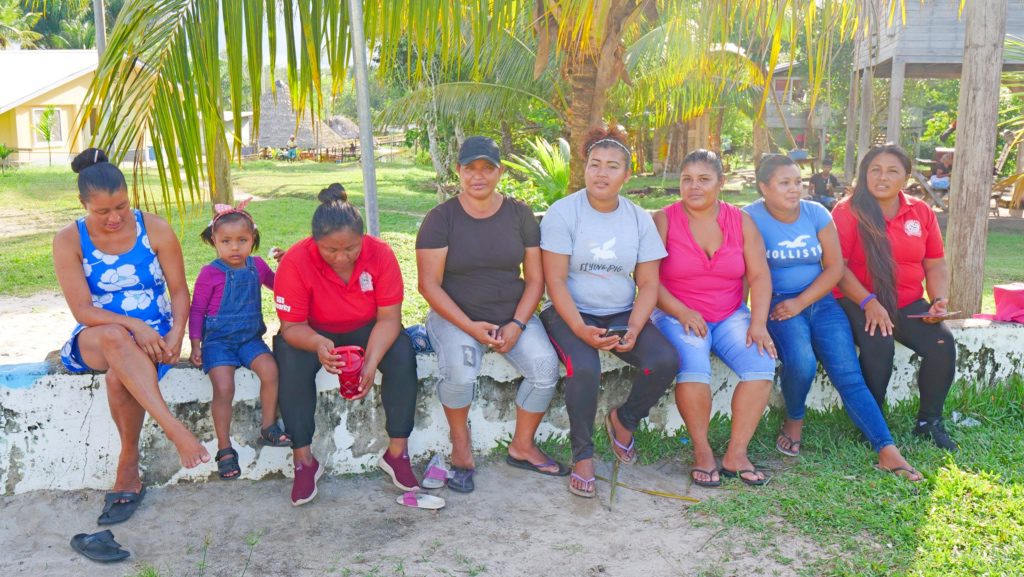
In the village, you’ll likely meet skilled artisans who create intricate crafts, including handmade jewelry and traditional woven items. I believe in supporting the communities I visit, so I highly recommend buying locally made crafts to support the vendors and their local economy!
Moraikobai, Guyana, with its captivating indigenous culture, mouthwatering cuisine, and breathtaking natural surroundings, offers a truly immersive and unforgettable travel experience. From the vibrant traditions to the unique flavors, every moment spent in this enchanting village will leave you with cherished memories.
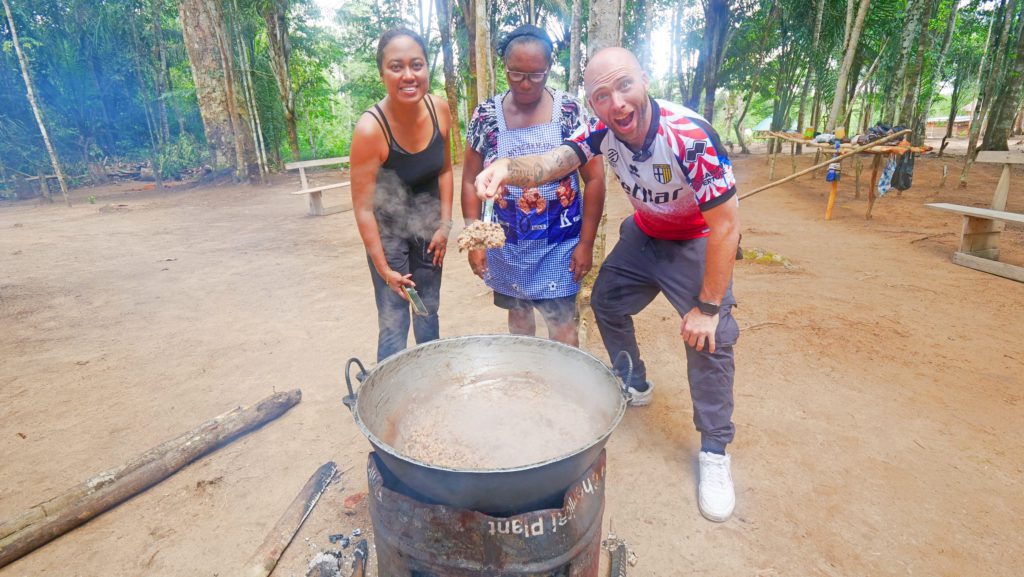
Embrace the warmth of the locals, indulge in the gastronomic wonders, and allow the natural beauty to captivate your senses. Moraikobai awaits, ready to enchant and inspire the traveler in you. Book a trip to Guyana today to experience this incredible village for yourself!
Counter
101 Countries • 1432 Cities